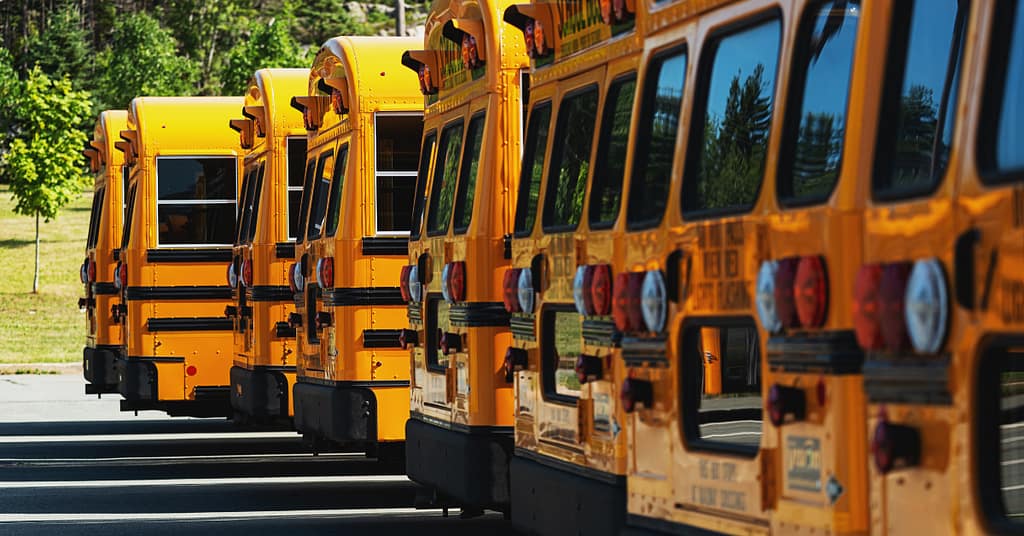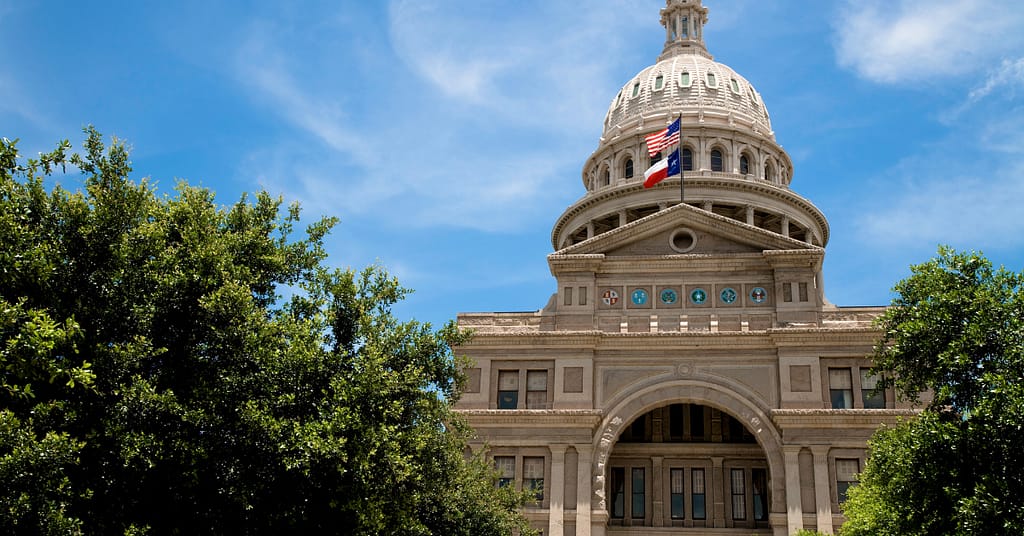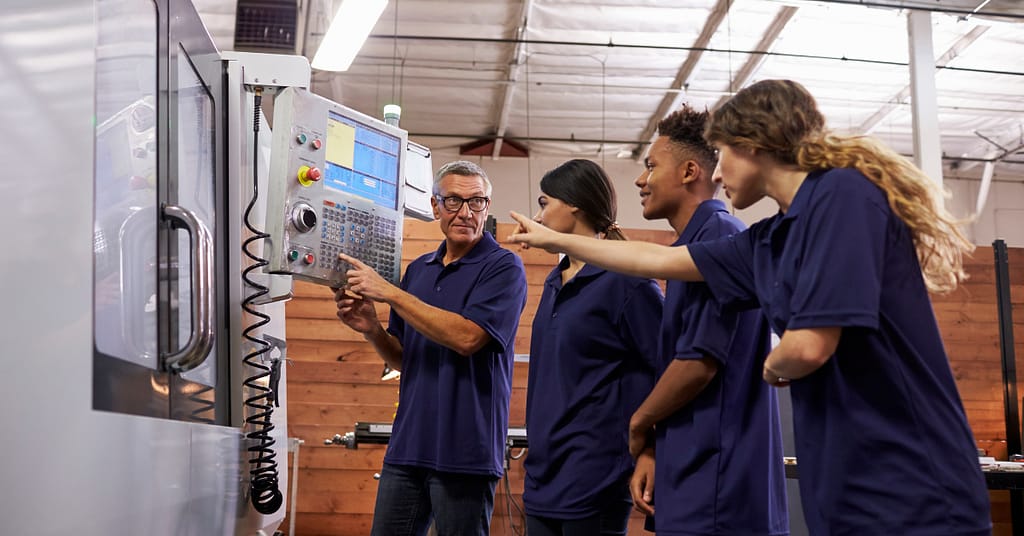Rural Texas is as big as our state’s future
It’s always been easy to see Texas’ past in its rolling plains, small towns, farms and ranches. Look a little closer and you’ll see the future there as well.
Today, many rural Texans struggle to access resources that their urban and suburban counterparts take for granted, such as education opportunities, access to health care, and broadband internet access.
Fortunately, Texans have never shied away from a challenge. Every one of these data points stands as an opportunity to make rural Texas even more of a powerhouse than it’s ever been.
Get the Facts About Rural Texas

BIG? Texas’ rural population of 3 million people is larger than the populations of 18 states.

More than 100,000 Texans live in one of 32 counties with no primary care doctor.

In Texas, 74 counties do not have a hospital, with at least 20 rural hospitals closing since 2010.

Texas has more rural students (over 700,000) than any other state. That’s more rural students than 17 states combined.

Nearly 60% of rural districts do not offer Advanced Placement courses.

Nearly 33% of all rural Texans do not have internet access at adequate speeds. This digital divide costs the state more than $5 billion in lost potential economic activity.

Due to a lack of adequate broadband infrastructure, nearly 1 million of Texas’ rural population cannot participate in remote learning, telemedicine, or e-commerce.

Rural communities can pay up to 4 to 5 times more for at-home broadband services in comparison to urban communities.

Rural small businesses make up 24% of all business in the state of Texas, contributing more than 20% of the state’s economic output.

Rural water systems are more likely to have violations and are less likely to have adequate monitoring.










